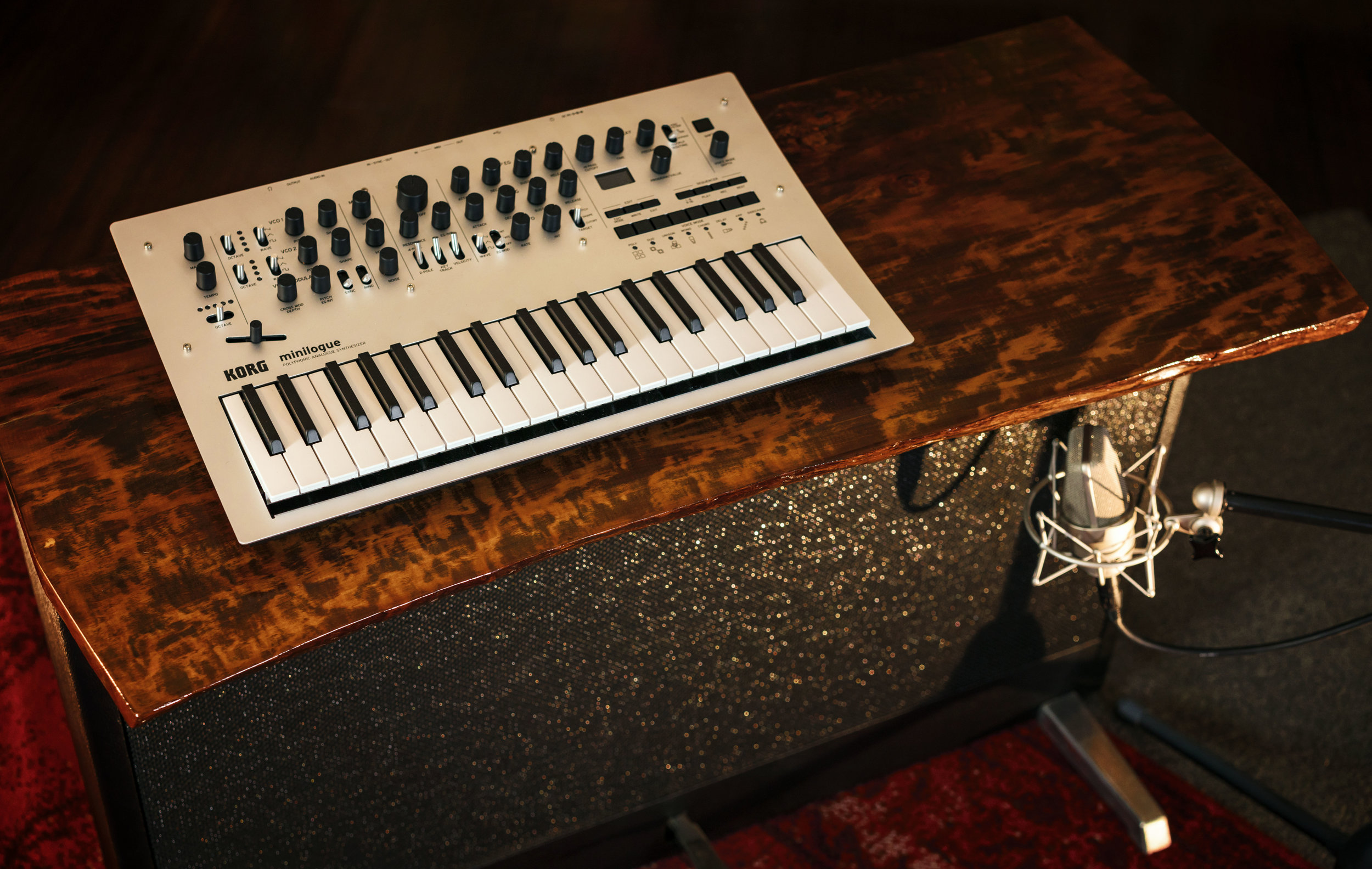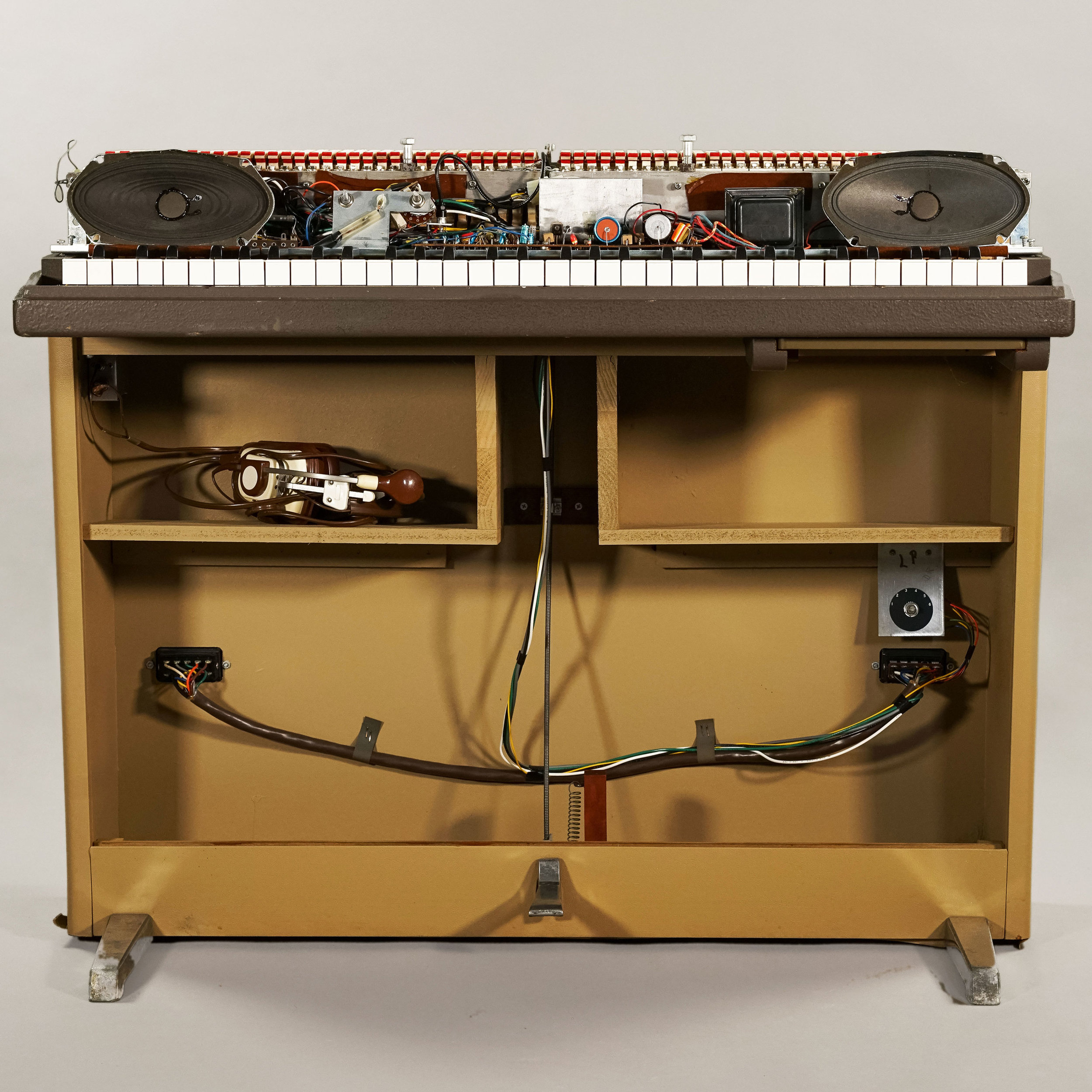Should I use a Dynamic or Condenser Microphone? On the two main types of microphones used in audio recording
If you have read our previous article, Audio Recording at Home for Social Media, you should have a good idea on the basic equipment needed to achieve great-sounding audio recording anywhere. Now you might be ready to dive deeper into some microphone specifics, such as what type of microphone is best for your application. In this article, we will leave out specific microphones (such as ribbon mics) that achieve nuanced colors in your audio and stick to two main categories: dynamic and condenser mics. Understanding the difference between these two types of mics will give you a grasp on how to handle most micing tasks thrown your way.
How to Tune a Wurlitzer Electronic Piano Reed
A Wurlitzer electronic piano is a unique instrument that uses a piano-like action assembly to strike metal reeds of various pitches to make sound. Like traditional acoustic pianos, a Wurlitzer electronic piano (or EP) has an action assembly with wooden hammers, keys, whips and dampers. However, the tone is generated when the hammer strikes a metal reed, whereas on acoustic piano a string is being struck. One simple principle remains the same though: longer or larger tone generators make lower-pitched notes, and shorter or smaller tone generators make higher-pitched notes.
Audio Recording at Home for Social Media
Whether you are a podcaster or a musician, capturing higher quality audio will make your content pop and grab your listener’s attention. That’s why graduating from apps and smartphones is something you have probably considered — and you would be right to do so. While the cameras on mobile devices are improving to a slight degree, their microphones are small and offer extremely poor sound quality. So, since we’ve decided you are going to aim for good sound quality, let’s go over the basics of how audio is recorded.
Common Tube Amp Malfunctions: How to accurately diagnose what is wrong with your vintage amplifier.
If your amplifier isn’t working, the best thing you can do is describe the problem as accurately as possible. If you’re into DIY, using accurate terms will help you google your problem and give you the best search results. If you’re asking a tech or a friend for help, describing your problem with specificity helps them offer more relevant suggestions.
How to Replace Vintage Filter Capacitor Cans
The filter capacitors in many amps are mounted in a metal can, which can be an obstacle to successfully recapping the amp. These days, filter cans are only made in a limited values, so it's hard to find the exact match. Mounting the caps outside of the can is another option, but finding the space can be tricky. Removing the can can leave a giant hole, which can allow dust to enter the chassis over time. So, what's the best way to replace can-style filter capacitors?
How to Fix Hum in Your Wurlitzer Electronic Piano (Or Other Vintage Amp): Part I
Before we start, a disclaimer: hum should be addressed on a case-by-case basis, because every vintage amp is special and degrades in its own way. What cures one amp may not work for another. That said, reading this guide should give you a good starting point on how to address your own hum problems. This guide is pretty basic and going to assume that the only piece of test equipment that you have is a multimeter.
How to Convert a Wurlitzer 206 into a Wurlitzer 200
The Wurlitzer 206 is the student version of the Wurlitzer 200. It is equivalent to the 200 in every day, but it is mounted on a cabinet instead of legs and some features of the amplifier are disabled. However, all of the components that are in a 200 are also present on the circuit board of the 206. Enabling vibrato and the aux output is therefore as simple as adding some wires and a 10k potentiometer. Here is how we do it.
What keyboard amp should I choose?
If you are psyched about your new keyboard or synth and need a way to amplify it other than going direct to a PA, there are options for you! Amplifiers come in many shapes and sizes and have varying features. If this is the first (or only) amp you are purchasing for your keyboard, it is first a good idea to decide what your needs are and what you will be using it for most.
Here are some uses you might have for a keyboard amplifier.
Steps to Restoring a Vintage Wurlitzer Keyboard
How do we restore a Wurlitzer electronic piano? Here’s a list of all the issues we commonly address.
Choose the Right Wurlitzer Model with our Quick Guide to Wurlitzers!
Having trouble deciding which Wurlitzer model is right for you? Take a look at our handy infographic!
This infographic is an at-a-glance guide to the features of common Wurlitzer models. All models of Wurlitzers are excellent instruments, and with the right restoration any one of them can become a functional, professional piece of gear. However, all Wurlitzers were manufactured 40+ years ago, at a time when standards for recording were much different. And, anyway, professional musicians weren’t necessarily the most lucrative target audience: that would be schools, who bought keyboards six at a time. So, some features that would be standard today - such as an aux output - are absent from many models.










